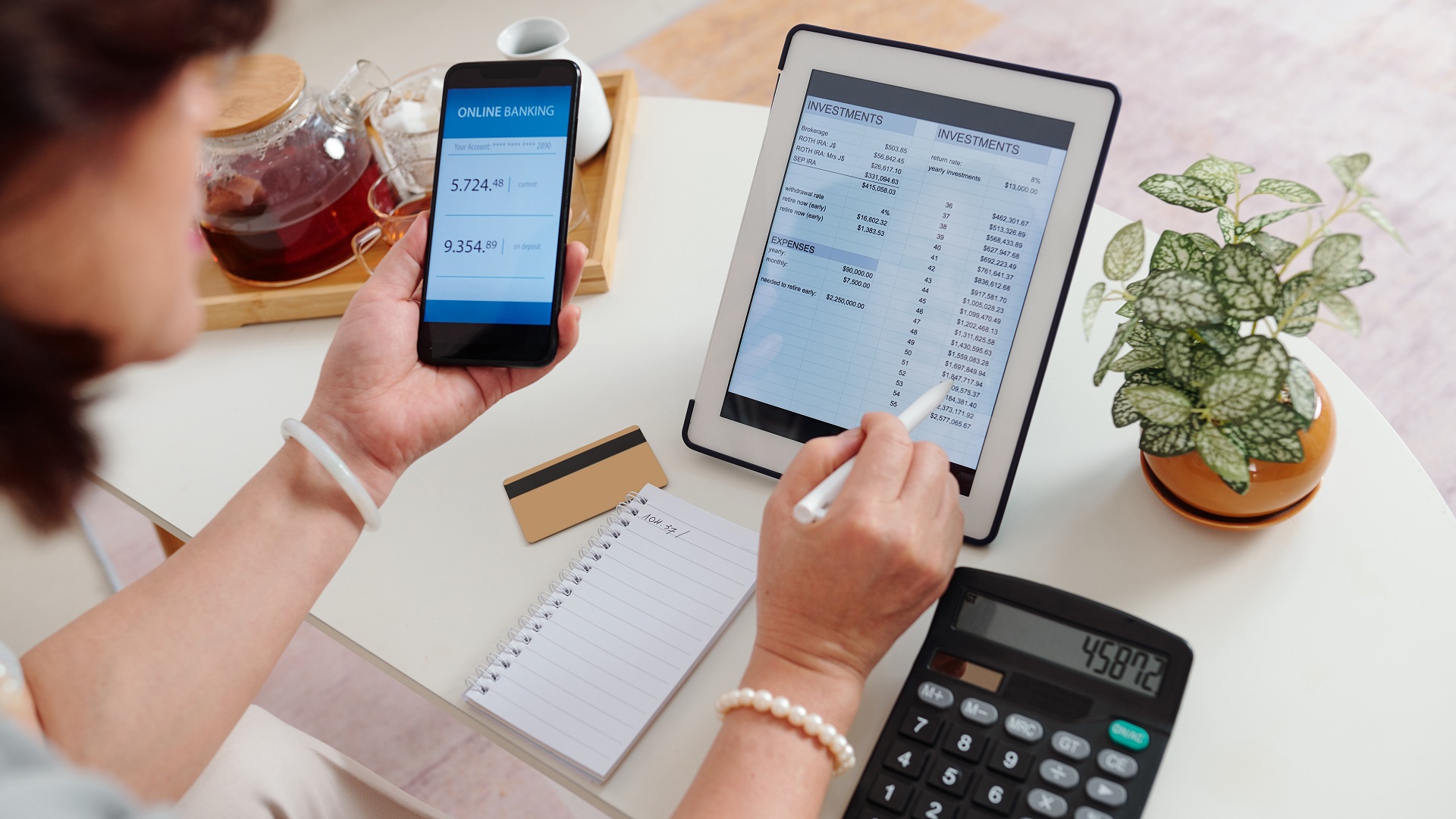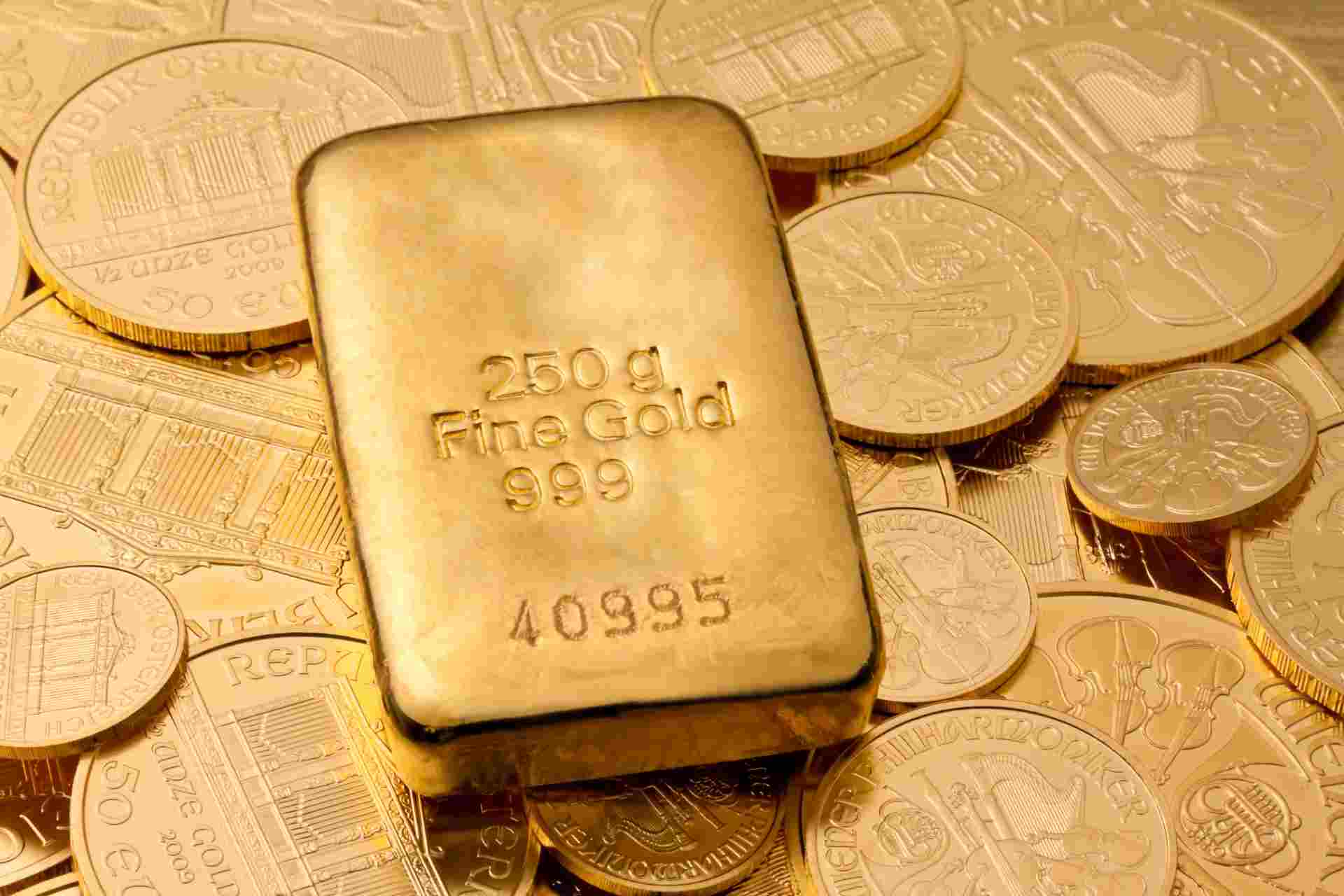Want To Invest in Fine Wine? Here Are 5 Steps to Get Started
:max_bytes(150000):strip_icc()/GettyImages-2184837834-1bd167021d0d48ebb49b7e55d3733805.jpg)
Americans drank roughly 870 million gallons of wine in 2024. Whether or not you contributed your fair share, you can harness that passion for the drink to help power your investment portfolio. If you’re a high-net-worth investor looking to diversify into this unique alternative investment, here are five steps you can take to get started.
Key Takeaways
- Wine has historically provided strong long-term returns and relatively low volatility, making it an attractive diversification play.
- Investing in wine requires a strong understanding of the market and its unique risks, including liquidity challenges and storage requirements.
- Investment platforms, wine funds, and vineyard shares offer more passive alternatives to purchasing bottles directly.
- Financial advisors recommend treating wine as a satellite investment, limiting it to a small slice of your portfolio.
Step 1: Know Why Wine Can Work
Fine wine has long been one of the world’s top-performing alternative investments. According to the Knight Frank Luxury Investment Index (KFLI), prices rose 146% over the 10 years ending in Q4 2023. Of all the asset classes tracked, it was second only to whisky during this period, with returns well ahead of art, watches, cars, and handbags.
Wine’s investment appeal primarily stems from three qualities:
- Scarcity: The supply of investment-grade wine is inherently finite. Vineyards release limited bottles of each vintage, and as it’s consumed, that supply permanently declines. This creates a natural scarcity that supports long-term price appreciation.
- Aging potential: Unlike most consumables, fine wine generally improves with time. As it matures, its flavor profile typically deepens, and its desirability among collectors often grows. This can also contribute to long-term price appreciation for well-stored bottles.
- Low volatility: Like most other alternative asset classes, fine wine has historically shown low correlation with equities and broader financial markets. This makes it a potential hedge against inflation and economic uncertainty.
However, it’s worth noting that wine’s performance has taken a turn since its peak near the end of 2023. The KFLI showed that the sector dropped 9.1% during 2024, driven by declining wine-friendly demographics and shifting consumer attitudes toward alcohol.
Note
From 1997 to 2023, at least 60% of Americans reported drinking alcohol, including 67% in 2022. That fell to 62% in 2023, dropped again to 58% in 2024, and reached 54% in 2025—a record low since 1939.
Step 2: Learn the Market
Like with other luxury goods, one of the appeals of fine wine is that industry expertise can help drive outperformance. Investors who understand the nuances of the asset class may be able to identify opportunities for outsized returns.
For example, the Domaine Armand Rousseau Chambertin Grand Cru 2013 increased in price by 45.1% in August 2025, indicating the exceptional results you can get with the right knowledge and timing.
Warning
Investing in individual wines is similar to stock picking. While it can be highly rewarding to those who are successful, it’s also high risk, with the potential to not just underperform but produce losses.
Typically, these are the primary drivers behind wine prices:
- Brand: Bordeaux has historically dominated the investment-grade wine market, but names like Burgundy and Champagne now see consistent demand as well.
- Vintage: Weather conditions in a given year heavily influence grape and wine quality. Exceptional vintages may appreciate faster and hold value longer.
- Availability: Limited production, distribution issues, and consumption over time reduce supply. As wines become rarer, they may command a premium.
- Critic assessments: Reviews from respected critics and publications—like Decanter and Wine Spectator—can significantly impact demand and pricing.
To improve your understanding of the market, start by familiarizing yourself with key regions and producers. Following expert commentary and keeping up with auction results can also help you spot trends in consumption and collector preferences.
Before investing, it’s also important to study wine’s historical performance. Platforms like Liv-ex—which tracks global fine wine trading activity—and industry reports from organizations like Knight Frank can provide valuable benchmarking data.
Step 3: Consider Storage, Taxes, and Liquidity
Before committing capital, make sure you understand the risks of fine wine investing. For instance, no matter what your investment approach, its illiquidity is something you’ll need to manage.
“No pun intended, the biggest drawback of wine is a lack of liquidity,” said Robert Johnson, CFA, CEO of Economic Index Associates. “Like most alternative assets, it often cannot be converted into cash quickly without a significant decrease in value.”
In other words, you may not find someone willing to buy your wine when you’re ready to sell. It’s not well-suited to short-term trading, so you should be prepared to hold onto it for several years.
“Another problem with fine wine as an investment is that it requires storage costs,” said Johnson. “When you buy a share of stock, you don’t need to worry about breaking it and ruining the value, but wine bottles must be kept carefully.”
Important
Beyond the fragility of the bottle, wine must be kept in authorized warehouses at specific temperatures and humidity levels, as well as away from light. The cost of this can erode your returns, especially when you factor in insurance.
Lastly, fine wine isn’t without its share of red tape. “Taxes and regulations are the fine print where most people get burned,” said Eric Croak, CFP, president of Croak Capital. “For U.S. collectors, fine wine is a ‘collectible,’ which means that long-term gains are taxed at 28% instead of 20%.”
Step 4: Choose How To Invest
There are several potential avenues for investing in wine, each with unique pros and cons. The most straightforward is direct investment, which involves purchasing bottles or cases of wine yourself.
Tip
Store your investment-grade wine separately in bonded facilities to preserve its provenance (a bottle’s history or authenticity) and avoid the temptation to drink your profits.
This offers the most control, giving knowledgeable investors the potential for outperformance. However, it also requires the most hands-on management, and you’ll bear the full burden of storage and insurance.
“A 12-bottle case of Bordeaux purchased for $6,000 may double in value to $12,000 over 8 years, but at $400 per year in storage fees and $200 per year in insurance, the effective yield is much lower,” said Croak.
Wine investment platforms offer a more passive experience, handling sourcing, storage, and insurance on your behalf. However, while you retain some control over what you invest in, selections are often limited, and management fees can further erode returns.
“Platforms such as Vinovest make logistics easier, but the platform fees accrue quietly behind the scenes and reduce compounding,” said Croak.
High-net-worth or accredited investors can also consider wine funds or vineyard shares. Wine funds pool investor capital to buy and sell fine wines professionally, similar to private equity funds. Meanwhile, purchasing vineyard shares involves taking partial ownership in wine-producing estates.
“Wine funds or vineyard shares simplify custody but blur the line between passion investment and speculation,” said Croak.
Step 5: Fit It Into Your Portfolio
Fine wine isn’t something you should consider a core holding. It typically makes the most sense as a diversification play once you’ve built a portfolio around traditional asset classes, like stocks and bonds.
“Fine wine has a place in the ‘alternative’ sleeve, which is typically 5% to 10% of a well-diversified portfolio,” said Croak. “In my experience, it has the highest utility as a tangible inflation hedge at about 3% to 5% of total net worth.”
Avoid concentrating too much of your capital in fine wine. While it has historically provided strong returns and relatively low volatility, it carries unique risks. Beyond illiquidity, wine prices are sensitive to consumer behavior, like changes in attitudes toward alcohol or reductions in discretionary spending due to economic downturns.
“Savvy investors treat fine wine like long-term real estate: illiquid, capital-intensive, but worthy for those who stay patient and disciplined,” said Croak. “It’s best for investors who can age their assets—literally and figuratively—five to fifteen years before consumption.”
How Much Money Do I Need To Start Investing in Fine Wine?
How much you need to start investing in fine wine depends on your approach. For example, Vinovest’s Starter Tier has no minimum investment threshold, while wine investment funds typically require contributions of at least $10,000 to $50,000.
What Are the Biggest Risks Associated With Wine Investing?
The biggest risks associated with wine investing include illiquidity, high storage and insurance costs, and price sensitivity to shifts in consumer behavior. Because of these risks, wine is typically a satellite investment, not a core holding.
How Do I Know if a Bottle or Vintage Will Appreciate in Value?
There’s no guarantee a wine will appreciate in value. However, key indicators of potential growth include an in-demand brand or region of origin, limited supply, and positive reviews from respected critics.
The Bottom Line
Fine wine’s scarcity, aging potential, and relatively low volatility have historically supported long-term price appreciation. As a result, it can serve as an attractive diversification play for high-net-worth investors with well-established portfolios.
If you plan to invest in fine wine, research the market thoroughly before committing capital. Understand the risks—like illiquidity and high storage costs—and choose an investment method that aligns with your expertise and preferred level of involvement.
link






